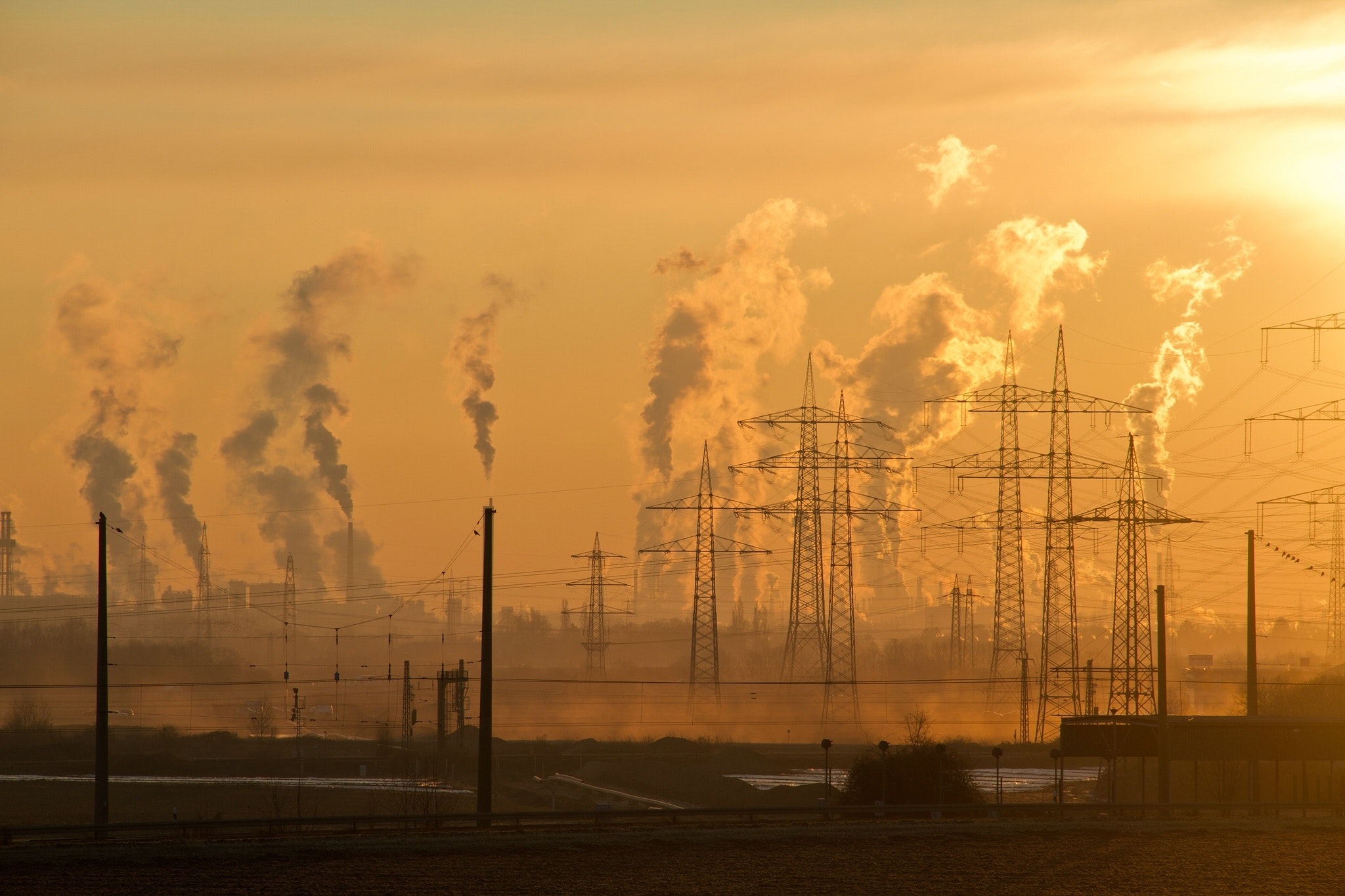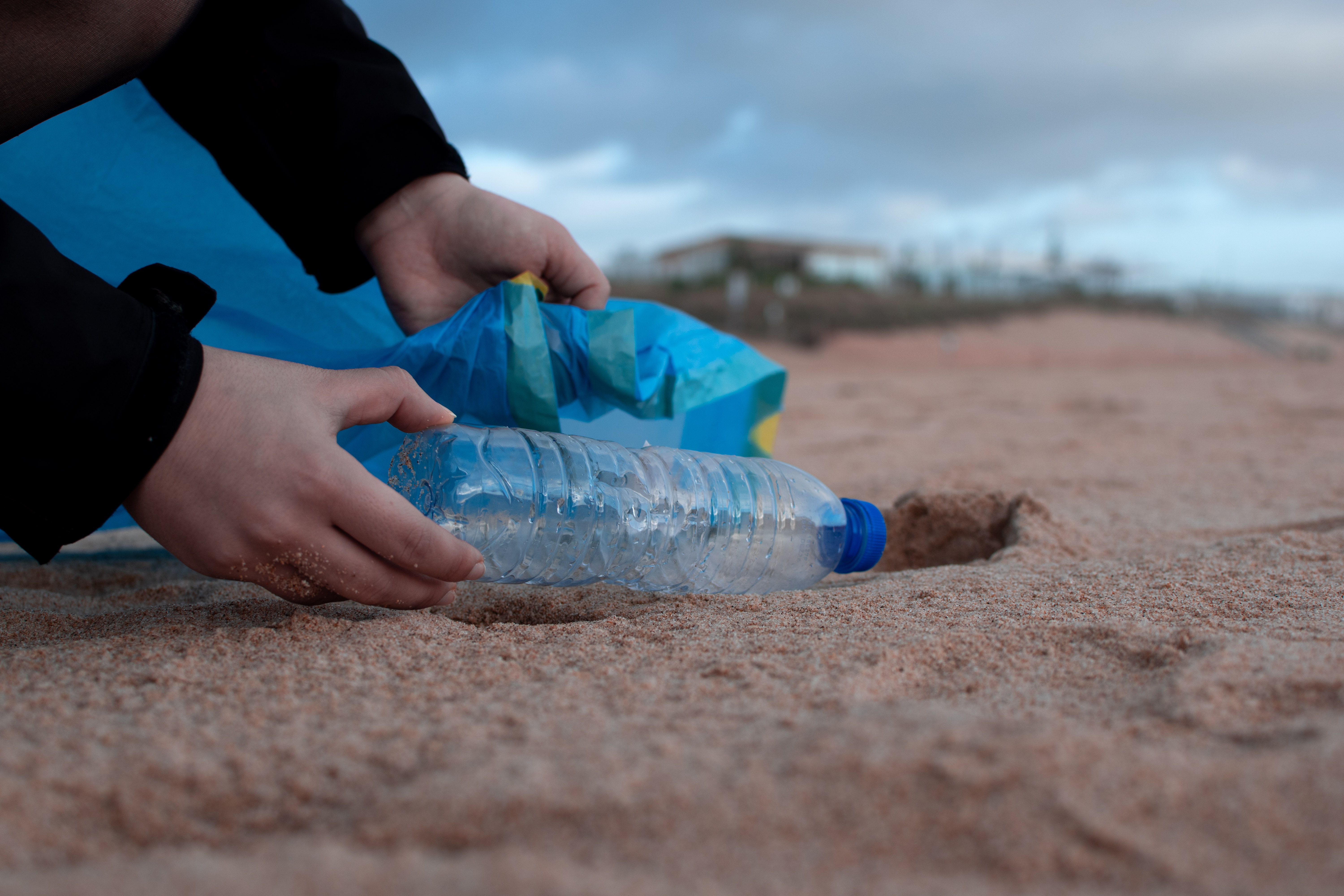Climate change is a terrifying reality and that much more frightening for people who have children. Many parents wonder what kind of world their children are inheriting and they’re unsure how to help their children cope, let alone answer their children’s questions about climate change.
In the wake of the devastating landslides and fires in California, in which numerous celebrities and industry leaders lost their homes and their lives, it’s clear that no matter how wealthy or famous you are, climate change and its associated disasters spare no-one, regardless of money or social status.

Parents who’ve been through a climate-related disaster, whether it was a flood, a fire, a landslide or a tornado, are all too aware of the devastating impact of this type of experience on their children. All of the experts are saying that these events are becoming the norm, not the exception, so how does a parent help their children cope?
Here are 5 ways that parents can help their children deal with climate change anxiety:
1. Make the topic easy to understand
Parents can explain what climate change is and what causes it, so that children understand what they’re dealing with. Confusion often leads to worsened anxiety, whereas understanding often diminishes anxiety by giving us something tangible we can do to make things better.
2. Put a plan in place
Parents can put in place a safety plan in the case of a climate-related disaster, and then reassure their children that they have a meaningful way of dealing with anything that might arise.
3. Model good habits
On a day-to-day basis, parents can model to their children the kinds of habits that will benefit the environment. These include:
- Avoiding the use of single-use plastics; recycling and reusing household items
- Reducing waste by accumulating fewer possessions
- Adopting alternative methods of transport
- Composting food products, diapers, and animal waste
- Choosing to use non-toxic, biodegradable household and personal cleaning products
- Eating organic and cutting back on the consumption of red meat (which uses enormous amounts of land and water).
4: Plant a bee-friendly garden
Parents everywhere can make an annual spring project with the kids, planting pesticide-free flowers and shrubs in the garden or on the balcony that will attract and feed local birds, bees and butterflies, so that the earth’s pollinators have a better chance at survival.
5. Get involved
Parents can get involved in environmental causes and encourage their children to take up social activism against climate change. People always feel less anxious and more empowered when they take positive action toward a goal. Children have plenty of energy and enthusiasm to bring to the cause and by being involved in positive change, they’ll be less likely to feel helpless or overwhelmed, and more likely to improve things for generations to come.

Sign up here for my free, monthly newsletter. August is all about making better choices in your life.
Sign up here for my free biweekly wellness newsletter that brings you fresh, thought-provoking content.
Subscribe to my YouTube Channel to watch my series Moving into Autumn with Good Self-Care, where you’ll learn simple tips for taking the best care of yourself and your loved ones this fall season.
Tune in to my Ruthless Compassion Podcast where I go in-depth about topics like mental health, trauma, and loneliness.




